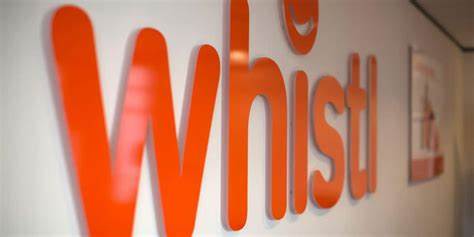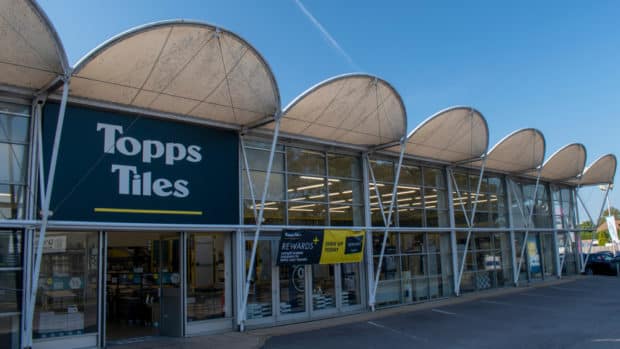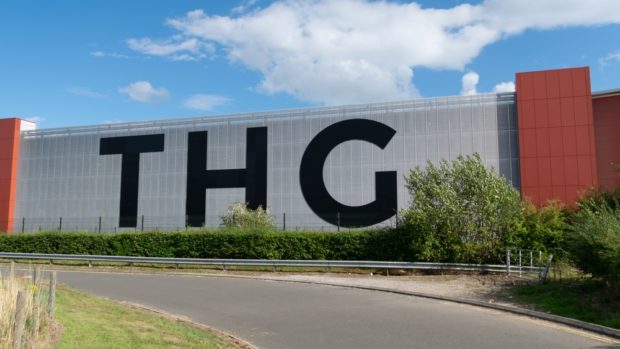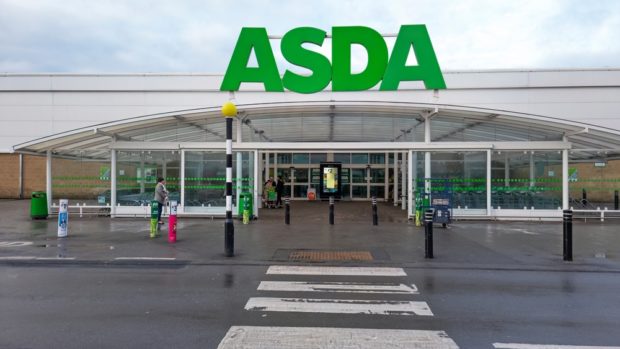Black
Friday, November 28th 2014, still dominated conversation at the RW
Supply Chain Summit. Even though it was months after the event, the
topic’s prominence is indicative of a ‘new normal’: roller-coaster
retail. While five years ago Black Friday wasn’t even ‘a thing’ this
side of the Atlantic, today it isn’t just that single phenomenon that is
testing retailers. There’s also Cyber Monday – and other
calendar-related and promotion-specific events – that bring new peaks
and troughs that put huge pressure on retailers’ supply chains with
sales growing to such an extent that delivering sufficient stock to
outlets on time is a challenge of itself.
This
‘new normal’ has the potential to trap retailers between the proverbial
hammer and the anvil; failure to meet heightened customer expectations
can cause serious reputational damage. At the same time working under
pressure to meet customer expectations at any cost can put profits at
risk; a well contrived promotion will register a loss if picking,
shelving or transport operations fail due to insufficient capacity
leading to extra process costs, poor availability and lost sales.
So
what is the answer? Firstly, businesses can benefit from running their
channel operations more effectively. That may well mean operating a
single stock pool and being readier to shift stock from one retail
outlet to another. Stock is stock and a sale is a sale. It may be easier
said than done but, with a good supply chain, it is eminently doable.
Secondly,
it helps to run a unified operation. You can’t have internal
departments competing against one another, defending their own patch,
inventories and goals. A properly organised S&OP process can help
create shared goals and joint processes that promote collaboration. A
single forecast on which an overarching sales strategy can be based,
inventory and capacity planned and financial goals set.
The
final thing the emergence of roller-coaster retailing forces businesses
to do is to make use of the growing ocean of data that most retailers
have available to them. Retailers need to be able to turn the vast data
pool into a powerful resource that provides better forecasting, dynamic
snapshots of a business in real-time and instantaneous illustrations of
the impact of supply chain decisions.
Having
the capability to seamlessly link demand and stock planning to supply
chain capacity enables the building of a stock allocation plan that can
actually be fulfilled at reasonable cost. Furthermore, with a
sufficiently agile system, different demand scenarios can be run to
check whether the stock allocation and supply chain plan can support
sales – even in the most extreme circumstances such as a new fad
boosting demand by 20 per cent at Christmas. It’s time to make sure you’re
strapped in. It’s going to be some ride!
Mikko Kärkkäinen, Group CEO, RELEX Solutions








Share